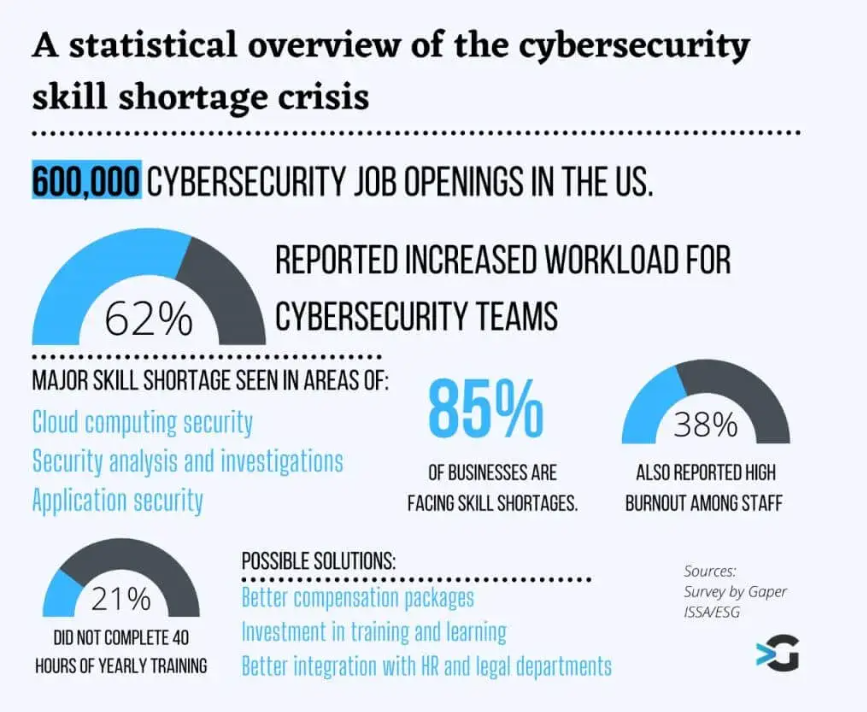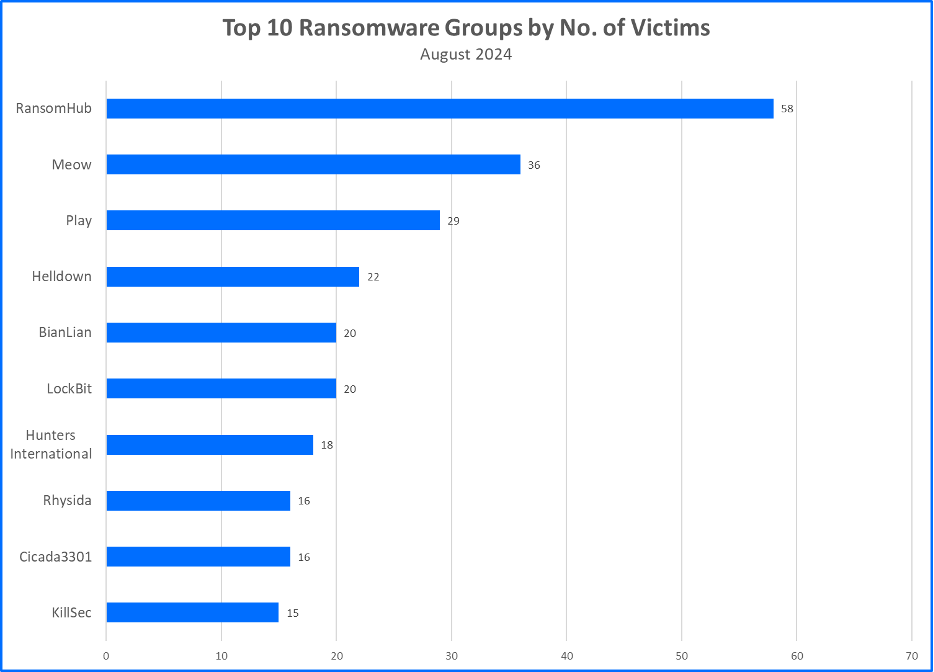Discover Pandipedia
Pandipedia is the world's first encyclopaedia of machine generated content approved by humans. You can contribute by simply searching and clicking/tapping on "Add To Pandipedia" in the answer you like. Learn More
Expand the world's knowledge as you search and help others. Go you!
Let's look at alternatives:
- Modify the query.
- Start a new thread.
- Remove sources (if manually added).
- Request a manual search from our human research team.

The advancement in AI made by the 'AlphaFold' paper includes solving the protein folding problem through a deep learning model that predicts protein structures from amino acid sequences with remarkable accuracy. AlphaFold showed a median backbone accuracy of 0.96 Å root-mean-square deviation, significantly surpassing other methods, and indicated a solution to a 50-year challenge in structural biology[2].
Following the initial success, subsequent models like AlphaFold2 and AlphaFold3 expanded the capabilities to predict not only proteins but also ligands, DNA, and RNA structures, further enhancing applications in drug discovery and understanding biological processes[3][5][6].
Let's look at alternatives:
- Modify the query.
- Start a new thread.
- Remove sources (if manually added).
- Request a manual search from our human research team.
Get more accurate answers with Super Search, upload files, personalised discovery feed, save searches and contribute to the PandiPedia.
An estuary is defined as 'a partially enclosed coastal body of brackish water with one or more rivers or streams flowing into it, and with a free connection to the open sea'[1]. It serves as a transition zone between river and marine environments and is characterized by the mixing of freshwater from rivers and saline water from the sea, creating high nutrient levels that make estuaries some of the most productive natural habitats[1].
Estuaries can vary in form and classification based on their geomorphological features or water circulation patterns. Examples include drowned river valleys, bar-built estuaries, and fjords[1][2]. The Thames Estuary, for instance, is where the River Thames meets the North Sea and showcases characteristics influenced by tidal and salinity factors[2]. The Severn Estuary is known for its extremely high tidal range, which creates valuable intertidal habitats[3].
Estuaries are dynamic ecosystems that face significant threats from human activities such as pollution, overfishing, and coastal development, impacting their biodiversity and the services they provide[1][3].
Let's look at alternatives:
- Modify the query.
- Start a new thread.
- Remove sources (if manually added).
- Request a manual search from our human research team.
Let's look at alternatives:
- Modify the query.
- Start a new thread.
- Remove sources (if manually added).
- Request a manual search from our human research team.
Let's look at alternatives:
- Modify the query.
- Start a new thread.
- Remove sources (if manually added).
- Request a manual search from our human research team.
Neural Machine Translation (NMT) has emerged as a progressive approach for translating languages using computational models, and a notable contribution to this field is the research by Dzmitry Bahdanau, Kyunghyun Cho, and Yoshua Bengio, which introduces a novel architecture designed to enhance the efficiency and accuracy of translation systems. This blog post summarizes the main ideas and findings from their research, making it accessible for readers with a general interest in machine learning and language translation.
The Challenge of Traditional Models
Traditional translation models often relied on statistical methods that treated the process as a series of separate steps, compiling various components to yield a final translation. In contrast, NMT presents a unified framework that uses a single neural network to perform both the encoding (understanding the source sentence) and the decoding (producing the translated output). This method seeks to optimize translation performance through joint learning, where the model learns to improve its output by refining how it processes language data.
Key Innovations in NMT
One of the pivotal innovations of the proposed architecture is in the encoder-decoder framework, which incorporates a mechanism for learning to align words between the source and target languages. The approach utilizes an attention mechanism, allowing the model to focus on specific parts of the input sentence during the translation process. As the authors state, “This new approach allows a model to cope better with long sentences.” This is particularly significant since traditional models often struggled with longer sentences, resulting in less accurate translations.
The Encoder-Decoder Framework
In their research, the authors describe the architecture that involves two main components: the encoder, which processes the input sentence, and the decoder, which generates the output sentence. Notably, the authors propose avoiding the use of a fixed-length context vector from which the decoder generates translations. Instead, they allow each input word to produce a unique context vector, adapting through the translation process. This flexibility improves translation performance, especially with longer sentences or complex phrases.
Achievements in Translation Performance

The research highlights that the proposed model, referred to as RNNsearch, significantly outperforms traditional RNN-based encoder-decoder models on various tasks, particularly in translating English to French. In experiments, RNNsearch demonstrated superior fluency and accuracy compared to conventional models, achieving BLEU scores (a metric for evaluating the quality of text produced by a machine against a reference text) that indicated it was on par with or better than established phrase-based translation systems. The authors note that “this is a significant achievement, considering that Moses [a statistical machine translation system] only evaluates sentences consisting of known words.”
Attention Mechanism and Alignment
A crucial aspect of the model is its ability to create annotations for each word in the source sentence. These annotations, which inform the decoder which parts of the source to focus on for predicting each word in the target sentence, are calculated using the context from previous hidden states. This dynamic weighting enables the model to generate translations that are not just better aligned with the source text, but also more contextually relevant and grammatically correct.
Practical Applications and Future Directions

The advancements presented in this research hold promise for various applications beyond simple translation tasks. The flexible architecture of NMT can enhance tasks involving language understanding, such as summarization and sentiment analysis, which benefit from improved contextual awareness. The authors emphasize the potential for future models to incorporate larger datasets to improve the performance of NMT systems, tackling challenges like handling unknown or rare words more effectively.
Conclusion
In summary, Bahdanau, Cho, and Bengio's research on Neural Machine Translation provides a valuable framework for understanding how machine learning can effectively address language translation challenges. By emphasizing joint learning and the ability to dynamically align source and target words, their approach marks a significant step forward from traditional statistical methods. As NMT continues to evolve, it is likely to reshape the landscape of computational linguistics, making multilingual communication more accessible and accurate than ever before.
Let's look at alternatives:
- Modify the query.
- Start a new thread.
- Remove sources (if manually added).
- Request a manual search from our human research team.
Get more accurate answers with Super Search, upload files, personalised discovery feed, save searches and contribute to the PandiPedia.
Let's look at alternatives:
- Modify the query.
- Start a new thread.
- Remove sources (if manually added).
- Request a manual search from our human research team.

The safest nomad destination, according to the Global Peace Index, is Iceland, which has consistently held the top position since the index began. It is recognized for its very low crime rate, stable political climate, and effective law enforcement, creating a peaceful atmosphere for residents and visitors alike[1][3].
Other notable safe countries for nomads include New Zealand and Singapore, which also boast low crime rates and a welcoming environment for international visitors[1][2]. These nations provide not only a safe living environment but also opportunities for travel and investment.
Let's look at alternatives:
- Modify the query.
- Start a new thread.
- Remove sources (if manually added).
- Request a manual search from our human research team.
Art has played a transformative role in civil rights movements, serving as a crucial medium for expression, protest, and change. Throughout history, artists have utilized various forms of creative expression to address social injustices, inspire hope, and galvanize communities into action. This report examines how art has influenced civil rights movements through its ability to critique power structures, communicate collective experiences, and foster solidarity.
Art as a Tool for Critique and Expression
Artists have long used their work to critique political systems and address social injustices. Through various mediums—including paintings, music, literature, and performance—artists bring attention to oppression, corruption, and the struggles of marginalized communities. For example, the iconic works of Francisco Goya and George Orwell highlight how art can serve as a powerful vehicle for political dissent. Goya’s painting “The Third of May 1808” and Orwell’s novel “1984” exemplify the capacity of art to provoke emotions and stimulate public discourse about topics like war and totalitarianism, respectively[1].
During the Civil Rights Movement in the United States, the power of music was particularly evident. Artists like Bob Dylan, Nina Simone, and Sam Cooke used their songs to convey messages of equality and resistance, playing a pivotal role in mobilizing support for civil rights efforts[1]. This intertwining of music and activism exemplifies how artistic expressions resonate deeply with people's emotions, fostering collective identities and shared purposes among communities.
Amplifying Voices and Narratives

Art has historically provided a platform for marginalized communities to share their experiences and aspirations. For instance, during the Civil Rights era, Black artists used their work to challenge dominant narratives and amplify the voices of African Americans. Jacob Lawrence and Elizabeth Catlett created powerful visuals that depicted the struggles of Black Americans, thereby bringing attention to their fight for equality[4][11]. Such artworks encapsulated the essence of the movement, fostering empathy and raising awareness about the issues faced by African Americans.
Additionally, artists like Frida Kahlo and Banksy illustrate how personal and socially charged themes can connect with broader movements. Kahlo’s exploration of identity and pain in her self-portraits resonates with struggles for social justice and acceptance, while Banksy’s street art confronts issues like war and inequality, engaging audiences in critical conversations about contemporary societal dilemmas[1][3]. These artists utilize their platforms to challenge stereotypes and advocate for marginalized voices, reflecting the enduring relevance of art in civil rights discourse.
Community Engagement and Mobilization

Beyond individual expression, art serves as a catalyst for community engagement and collective action. Public art, murals, and installations often become focal points for protests, transforming spaces into sites of activism. For example, the transformation of the Robert E. Lee statue’s base in Richmond, Virginia, into a vibrant display of protest art exemplifies how communities reclaim spaces to voice their grievances and commemorate victims of injustice[2]. Such engagements illustrate how art can inspire communities to come together and mobilize for social change.
Artistic initiatives not only galvanize action but also cultivate solidarity among diverse groups. Street art and public installations frequently bridge cultural divides, fostering dialogue and understanding among individuals from varying backgrounds. This aspect of art encourages inclusivity, as it invites participation from the public and asserts that everyone has a stake in the fight against oppression[1][4][11].
The Role of Memory and Commemoration
Art also functions as a means of memory and commemoration, preserving the narratives of civil rights struggles for future generations. Memorials and sculptures dedicated to pivotal moments in these movements serve as reminders of the past, shaping collective consciousness and inspiring ongoing activism. The use of art in memorializing events, such as the struggles against apartheid or the civil rights movement, fosters reflection and learning, ensuring that the lessons of history are not forgotten[1][5].

For instance, works by artists like Faith Ringgold, whose “American People Series #20: Die” captures the anxiety and rage during the tumultuous periods of civil rights protests, underline the emotional weight of such artworks. These pieces commemorate the struggles while encouraging viewers to reflect on the ongoing fight for justice[12]. By creating a space for remembrance, art continues to inspire new generations in the pursuit of equality.
Conclusion
In sum, art profoundly influences civil rights movements by critiquing power, amplifying marginalized voices, fostering community solidarity, and preserving collective memories. Through its capacity to evoke emotions and provoke discourse, art serves as a critical tool for social change, allowing individuals and communities to articulate their struggles and aspirations for a more just and equitable society. As demonstrated through various artistic expressions, the interplay between art and activism continues to resonate in the ongoing fight for civil rights today.
Let's look at alternatives:
- Modify the query.
- Start a new thread.
- Remove sources (if manually added).
- Request a manual search from our human research team.

The cybersecurity landscape is fraught with challenges that organizations must navigate to protect their assets and data effectively. Among these challenges are the emergence of advanced threats, the increasing complexity and sophistication of attacks, and a significant skills gap in the workforce.
Evolving Threat Landscape

Cybercriminals are diversifying their tactics, making the threat landscape more volatile than ever. The projected costs of cybercrime are expected to skyrocket, reaching $10.5 trillion by 2025, underscoring the urgent need for organizations to bolster their security measures to counteract these escalating risks[11]. One of the most prominent threats comes from ransomware, which continues to plague organizations across various sectors. In 2024, healthcare, government, and critical infrastructure sectors remain particularly vulnerable, as these industries are prime targets for ransomware attacks that maximize potential returns for cybercriminals[4][5].
The sophistication of attacks has also increased, with adversaries employing methods such as identity theft and phishing that exploit vulnerabilities within cloud systems[3]. Moreover, generative AI is anticipated to further empower cybercriminals, allowing for more convincing phishing attempts and automated malware, which could give attackers a significant advantage over defenders in the coming years[10][11].
Regulatory and Compliance Pressures

As cyber threats evolve, so do the regulatory environments that govern how organizations must protect sensitive information. The introduction of stringent regulations, such as the EU's Network and Information Systems Directive 2 (NIS2), emphasizes the need for compliance with specific cybersecurity measures[2]. Organizations face ever-tightening legal requirements aiming to enhance cybersecurity resilience, which necessitates a proactive approach to incident reporting and compliance adherence.
The fragmented regulatory landscape also presents challenges, with 34% of leaders reporting that too many conflicting regulations create difficulties in compliance[11]. This complexity can result in inconsistencies in cybersecurity practices across different jurisdictions and industries, further complicating organizations' efforts to maintain security.
Skills and Workforce Shortages

A significant and ongoing challenge is the shortage of skilled cybersecurity professionals. Reports indicate that the cybersecurity skills gap has worsened, with 54% of cybersecurity professionals stating that the skills shortage has negatively impacted their organizations[6][4]. As operations increasingly shift to digital and cloud environments, the demand for cybersecurity expertise will continue to rise, leaving organizations scrambling to fill critical roles.
The high turnover rate in the cybersecurity workforce, particularly in the European Union where it's reported to exceed 20%, compounds these challenges. Organizations are finding it essential to not only attract new talent but also retain existing employees through upskilling initiatives and making cybersecurity roles more appealing[2][4]. Upskilling current employees is becoming a prevalent strategy since many organizations report a willingness to invest in cybersecurity training and certifications to equip employees with the necessary skills[11].
Financial Implications of Cyber Threats

The financial implications of cyber threats are enormous and growing. The cost of data breaches has risen, with the average cost of a breach reaching $4.45 million in 2023, marking a 15% increase compared to previous years[11]. Additionally, remote work environment vulnerabilities have led to breaches costing an average of $173,074 more than in strictly on-site operations[11]. This financial burden is worsened by rising cyber insurance premiums, which surged by 50% in 2022, making it difficult for small to medium enterprises to secure adequate coverage without significant investment[11].
As ransomware attacks continue to evolve, the use of extortion tactics, including double and triple extortion, further complicates recovery efforts and increases costs[5][8]. The average ransomware payout has jumped significantly, illustrating how organizations must navigate both direct ransom payments and the higher costs associated with recovery from attacks[11].
Supply Chain and Ecosystem Challenges

The interconnected nature of today's digital ecosystem introduces additional vulnerability. Supply chain risks have become a focal point for many cybersecurity discussions, with 41% of organizations acknowledging that material incidents in the past year originated from third-party providers[10]. This signifies the necessity for organizations to not only assess their cybersecurity posture but also that of their supply chain partners. However, many report insufficient visibility into supply chain vulnerabilities, hindering their capacity to manage risks effectively[6][10].
Organizations face pressure to enhance their overall ecosystem resilience while addressing individual weaknesses within their supply chains. This effort requires collaboration between organizations, regulatory bodies, and industry partners to collectively bolster security measures and infrastructure against systemic threats.
Conclusion
Cybersecurity today is marked by an evolving landscape filled with sophisticated threats, regulatory pressures, and a critical shortage of skilled professionals. The financial implications of these challenges are substantial, and the interconnected nature of digital infrastructures necessitates a comprehensive approach to mitigate risks. As we advance further into 2024, organizations must adopt proactive strategies, invest in talent development, and enhance collaboration across every facet of their operations to secure their assets effectively and respond to the relentless tide of cyber threats.
Let's look at alternatives:
- Modify the query.
- Start a new thread.
- Remove sources (if manually added).
- Request a manual search from our human research team.


